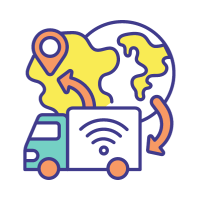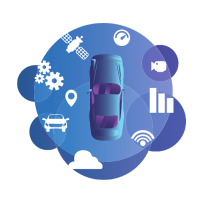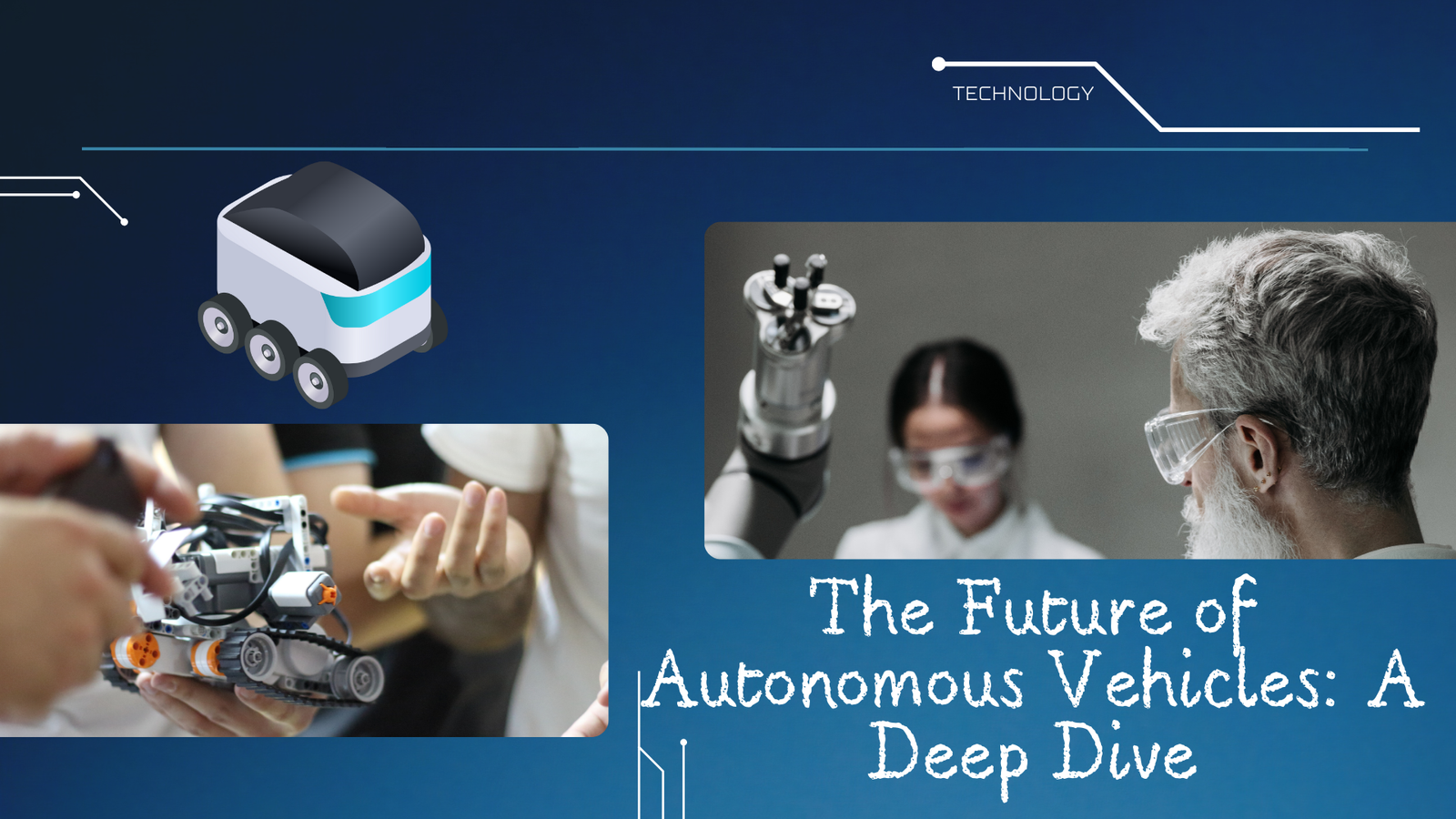The concept of autonomous vehicles has been the stuff of science fiction for decades, but recent technological advancements have brought us closer to a reality where self-driving cars are no longer a distant dream. This article delves into the exciting world of autonomous vehicles, exploring their evolution, benefits, challenges, and the profound impact they will have on our future.
Table of Contents
Introduction to Autonomous Vehicles

Autonomous vehicles, also known as self-driving cars or driverless cars, are automobiles capable of navigating and operating without human intervention. These vehicles are equipped with advanced technologies such as sensors, cameras, radar, and artificial intelligence systems to interpret their surroundings and make driving decisions.
The Evolution of Autonomous Driving Technology
The journey towards autonomous vehicles began with cruise control and anti-lock braking systems. It has since evolved into cutting-edge technologies, including lidar, computer vision, and machine learning, paving the way for fully autonomous driving.

The Key Players in the Autonomous Vehicle Industry
Leading tech companies, traditional automakers, and startups are all vying for a slice of the autonomous vehicle market. Prominent players like Tesla, Waymo, and GM are investing heavily in research and development.
Benefits of Autonomous Vehicles
Autonomous vehicles promise various advantages, including reduced accidents, improved traffic flow, increased accessibility for people with disabilities, and enhanced transportation efficiency.
Challenges Faced by Autonomous Vehicles
This section explores the hurdles that autonomous vehicles must overcome, such as technological limitations, regulatory barriers, and public acceptance.
Regulatory and Safety Considerations
The adoption of autonomous vehicles requires the development of comprehensive regulations to ensure safety and mitigate potential risks.

Levels of Autonomous Driving
Autonomous driving is categorized into six levels, ranging from basic driver assistance to full self-driving capabilities. Each level brings unique challenges and opportunities.
The Impact on Transportation and Mobility
The integration of autonomous vehicles into our transportation systems will transform the way we move, reducing congestion and improving urban mobility.

Autonomous Vehicles in Different Industries
Beyond personal transportation, autonomous vehicles will revolutionize logistics, agriculture, healthcare, and more. This section highlights the broad applications of this technology.
Environmental and Economic Implications
The article explores the potential environmental benefits of autonomous vehicles, such as reduced emissions and their economic impact on industries.
The Role of Artificial Intelligence

AI is the backbone of autonomous vehicles, enabling them to perceive and navigate their environment. Understanding AI’s role is crucial to grasp the future of autonomous driving.
The Future of Autonomous Vehicle Development
The development of autonomous vehicles is an ongoing process, and this section offers insights into what we can expect in the coming years.
Ethical and Social Implications
As self-driving cars make life-or-death decisions on the road, ethical considerations and their impact on society come into play.
Autonomous Vehicle Adoption and Consumer Trust
Consumer trust is key to the widespread adoption of autonomous vehicles. Building trust in this technology is an ongoing challenge.

Conclusion: What Lies Ahead for Autonomous Vehicles
In conclusion, the future of autonomous vehicles is promising, but it comes with various challenges that must be addressed. The road ahead involves innovation, regulation, and adaptation.

5 Unique FAQs
1. Are autonomous vehicles safe?
- Safety is a top priority for autonomous vehicle manufacturers. They are equipped with advanced safety systems, but challenges remain.
2. How will autonomous vehicles impact traditional jobs like taxi drivers and truckers?
- The adoption of autonomous vehicles will likely disrupt these industries, but new job opportunities may arise in maintenance and monitoring.
3. Can autonomous vehicles handle extreme weather conditions?
- Adverse weather conditions remain a challenge for self-driving cars, but ongoing research is focused on improving their performance in all conditions.
4. What is the timeline for widespread adoption of autonomous vehicles?
- Widespread adoption is still a few years away, with different levels of autonomy being gradually integrated into the market.
5. How do autonomous vehicles communicate with each other and with infrastructure?
- Autonomous vehicles use various communication technologies, including V2V (vehicle-to-vehicle) and V2I (vehicle-to-infrastructure) communication, to enhance safety and efficiency.
In a rapidly changing world, autonomous vehicles represent a significant technological shift. Their development will continue to shape our future, offering exciting possibilities and unique challenges.


